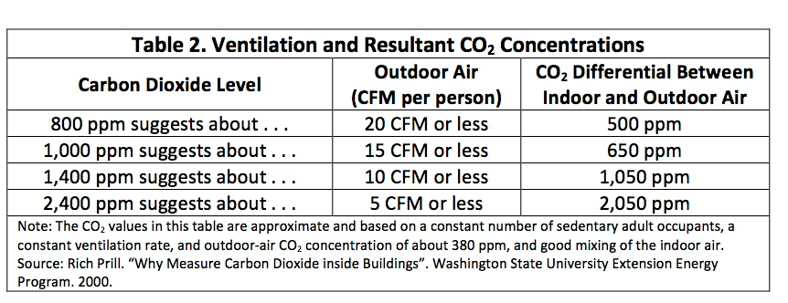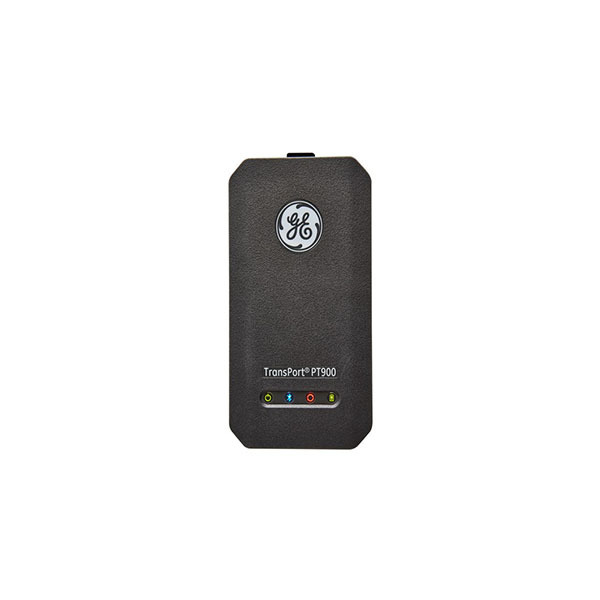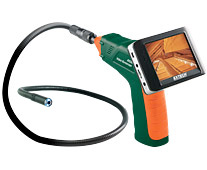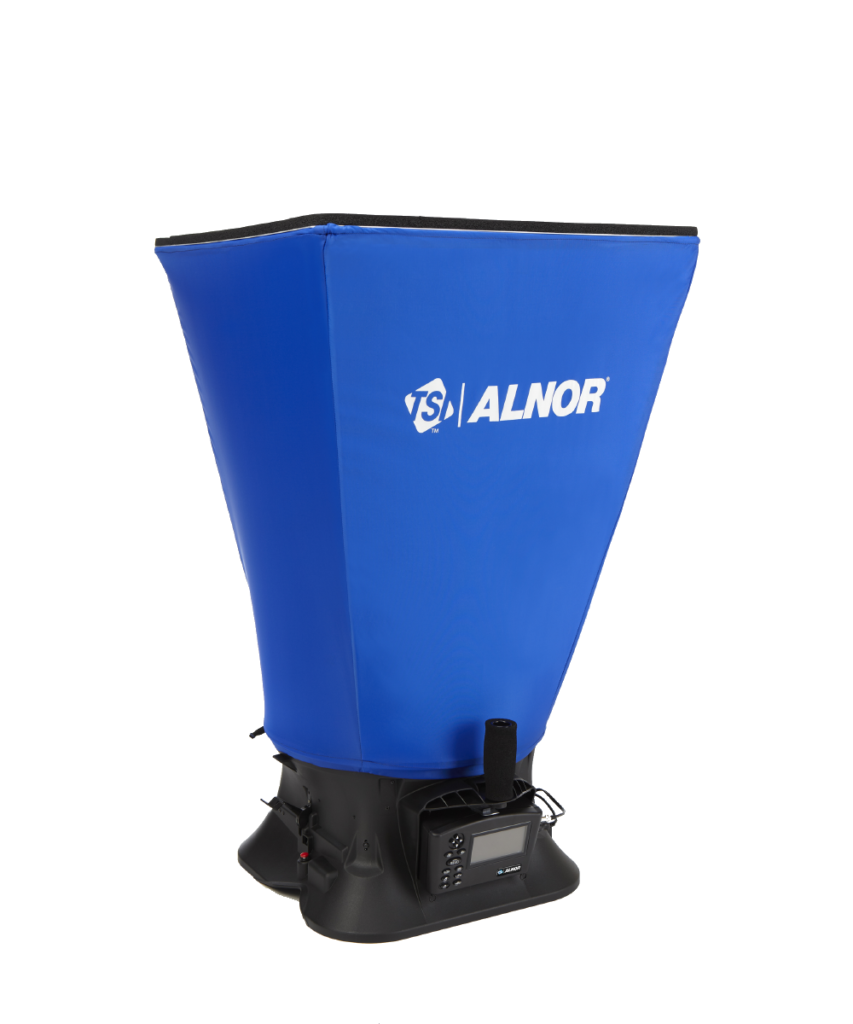Cooling Season Tips
Published: March 18, 2021
By: Felix Rodriguez, Equipment Specialist
Test your cooling systems
Make sure all of your systems are ready for start-up, turn on all your systems and confirm everything is ready for when the hot weather arrives.
- Check cooling systems, chillers, cooling towers, and rooftop units.
- Implement a contingency plan (back up systems, and staff preparation)
Use the ultrasonic flow meter to check flow rate of your chiller, as well as the return and supply water temperature.

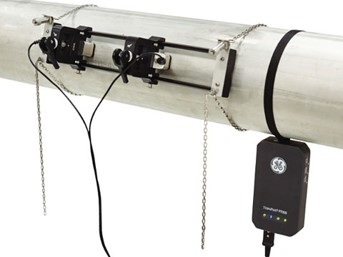
Clean or Clear Ducts and Filters
Visual inspection with video borescope
- Use the video borescope to see a visual of those hard to reach places where maintenance may be required.
- Check your air ducts for dirt build up.
- Change and clean your filters.

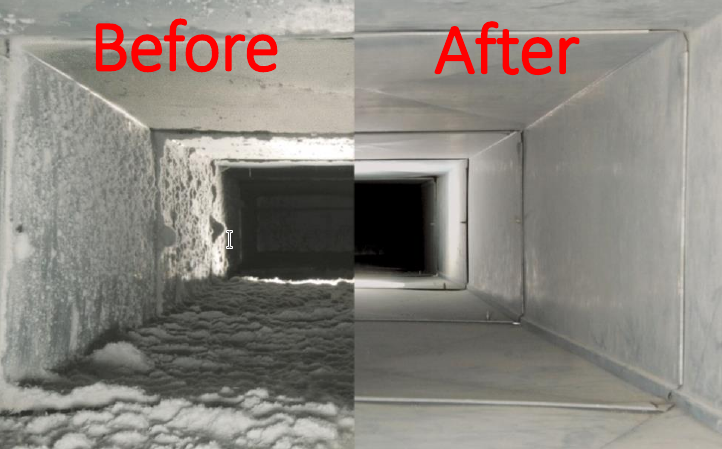
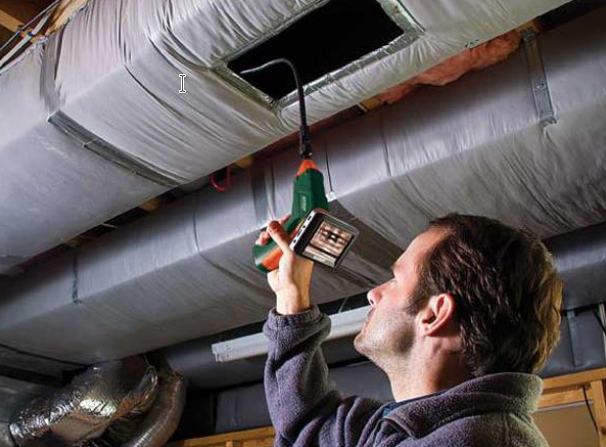
Confirm your HVAC system is balanced
Confirm temperatures and air flow with an infrared thermometer and a balometer in order to address the following:
- Air flow temperature at discharge diffusers.
- Make sure you are not losing ventilation somewhere along your system, (due to air leaks at elbow connections).
- Confirm you are providing adequate CFM per occupant in spaces such as auditoriums or conference rooms.
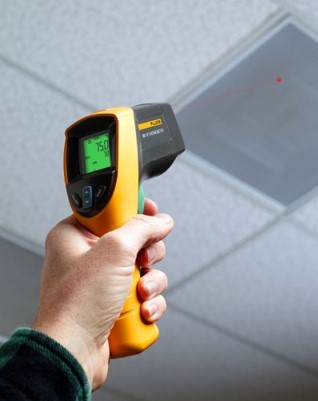
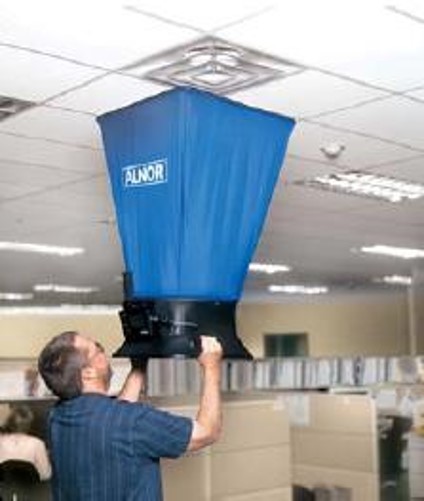
Optimize Ventilation
According to ASHRAE, the recommended CO2 level in buildings should be no more than 700 parts per million (ppm) above outdoor air. Since outdoor air is approximately 400ppm, indoor CO2 levels should be no more than 1,100 ppm.
Note that this guideline is not designed to limit the amount of CO2, but rather to indicate that a proper level of clean air (15-20 CFM/person) is being distributed in indoor spaces like classrooms.
- Understand how many occupants are in your work space at a given time.
- Prevent high CO2 levels from causing occupants to feel drowsy or sleepy.
- Identify if you are over or under ventilating your spaces.
A suggestion of 20 CFM per person of outside air and good mixing of indoor air can help maintain a CO2 level of 800 ppm in a given space.
